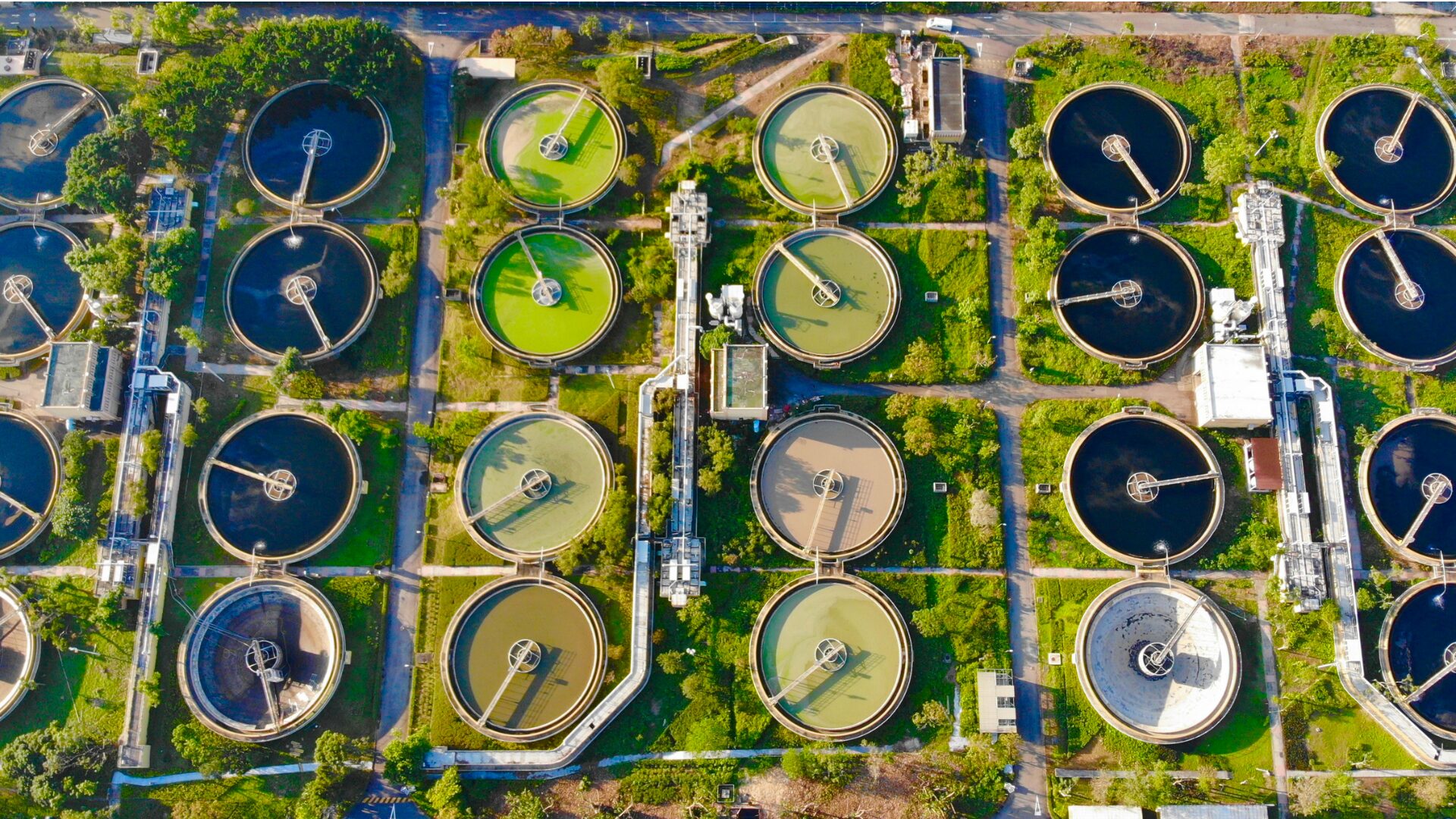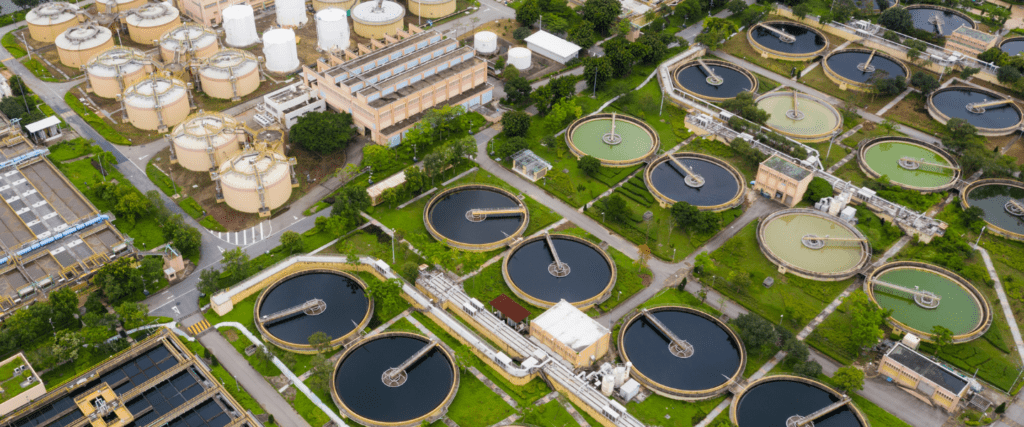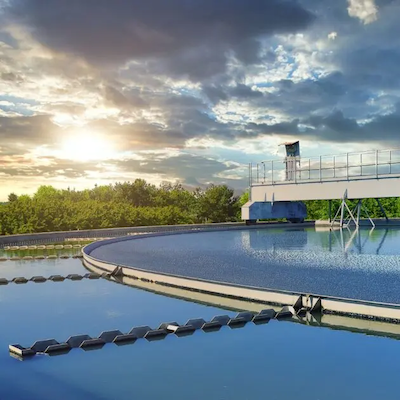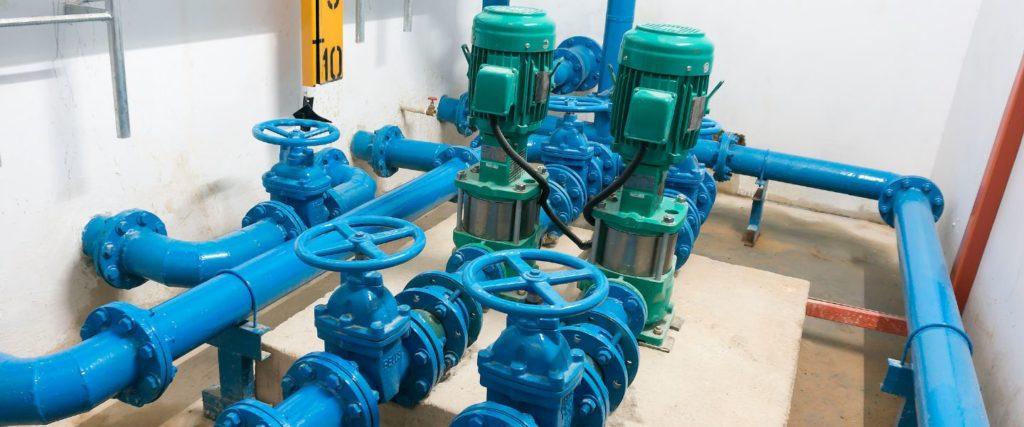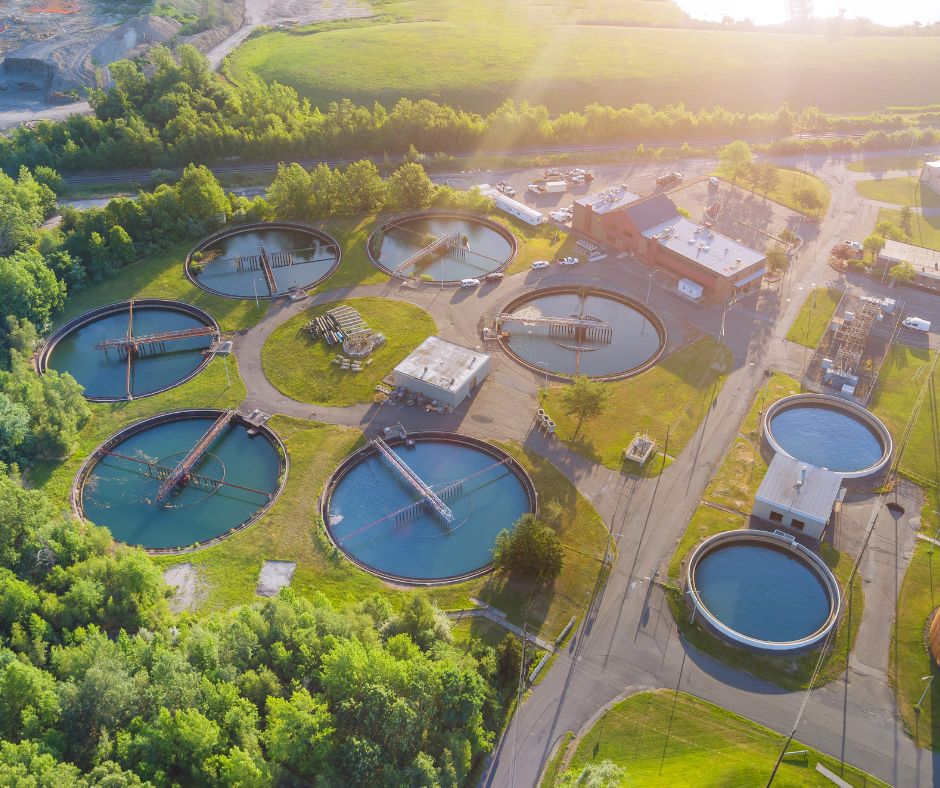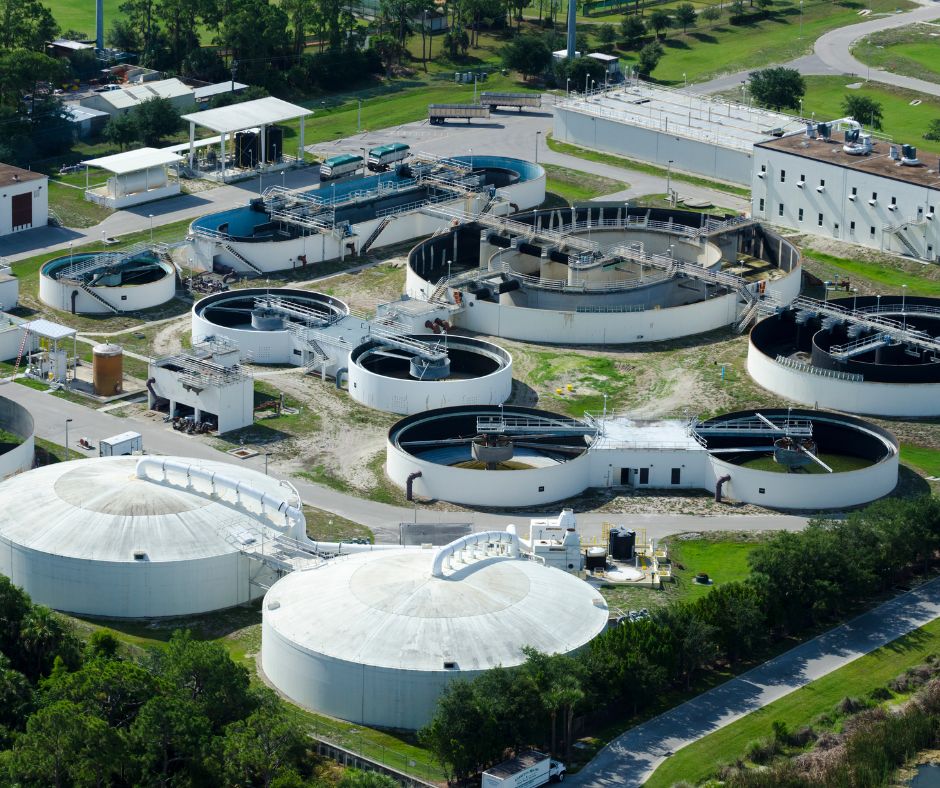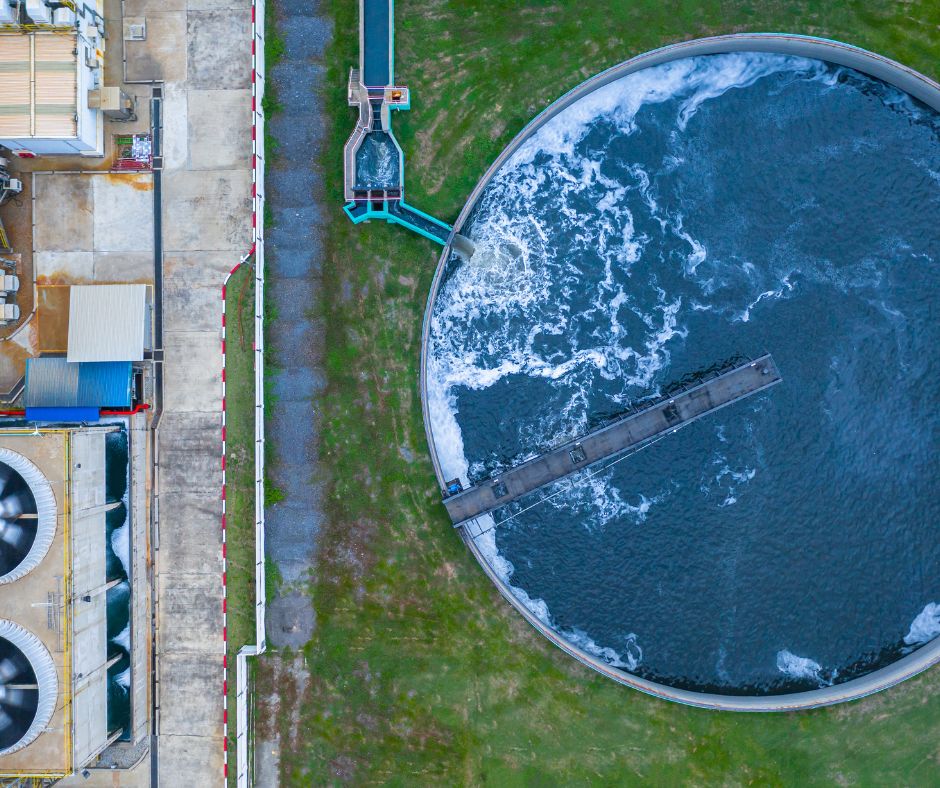Infrastructure design automation for water & wastewater
Water & Wastewater Treatment Design Software That Starts Structured
From wastewater treatment design calculations to PFAS treatment, lift station planning, and now full surface-water treatment, Transcend is the only platform that turns early design decisions into audit-grade, outcome-based BIM. Utilities, consultants, and OEMs use our critical infrastructure design software to deliver resilient drinking water and sanitation systems faster — with every input standardized and every output traceable.
Early Decisions Define Every Outcome
The front end of water infrastructure design remains the most fragmented stage of the lifecycle. Yet it defines project cost, timeline, and long-term sustainability.
Spreadsheets, siloed tools, and tribal knowledge create bad data, bad decisions, and broken projects.
Transcend Software changes that. Our platform standardizes inputs, automates design optioneering, and generates traceable outputs — so every project starts structured and ends stronger.
Wastewater Treatment Facility Packages, 90% Faster
Accelerate wastewater facility design calculations with confidence.
TDG produces full conceptual packages for CAS, MBR, MBBR, IFAS, and other technologies. Each run includes:
Why it matters: Utilities and regulators align earlier, consultants free engineers for higher-value work, and OEMs gain earlier spec-in.
Surface-Water Treatment
TDG supports conventional surface-water treatment design with chemistry-aware modeling and embedded design standards.
Utilities and consultants can evaluate complete treatment trains—pH adjustment, coagulation, flocculation, and filtration—using traceable engineering logic early in planning.
Lift Station Design Without Guesswork
Handle pumping challenges without workarounds.
Whether it’s a hilly site, retrofit, or interstage pumping, TDG integrates augmented design engineering for lift stations directly into the larger plant design:
Why it matters: Engineering consultants cut rework, utilities gain faster regulator alignment, and OEMs see earlier technology inclusion.
PFAS Treatment Feasibility Studies That Stand Up to Scrutiny
From feasibility to compliance, faster.
PFAS is reshaping global drinking water standards. Transcend enables rapid feasibility studies, letting you:
Why it matters: Utilities can move decisively while maintaining public trust and meeting evolving discharge and drinking water requirements.
